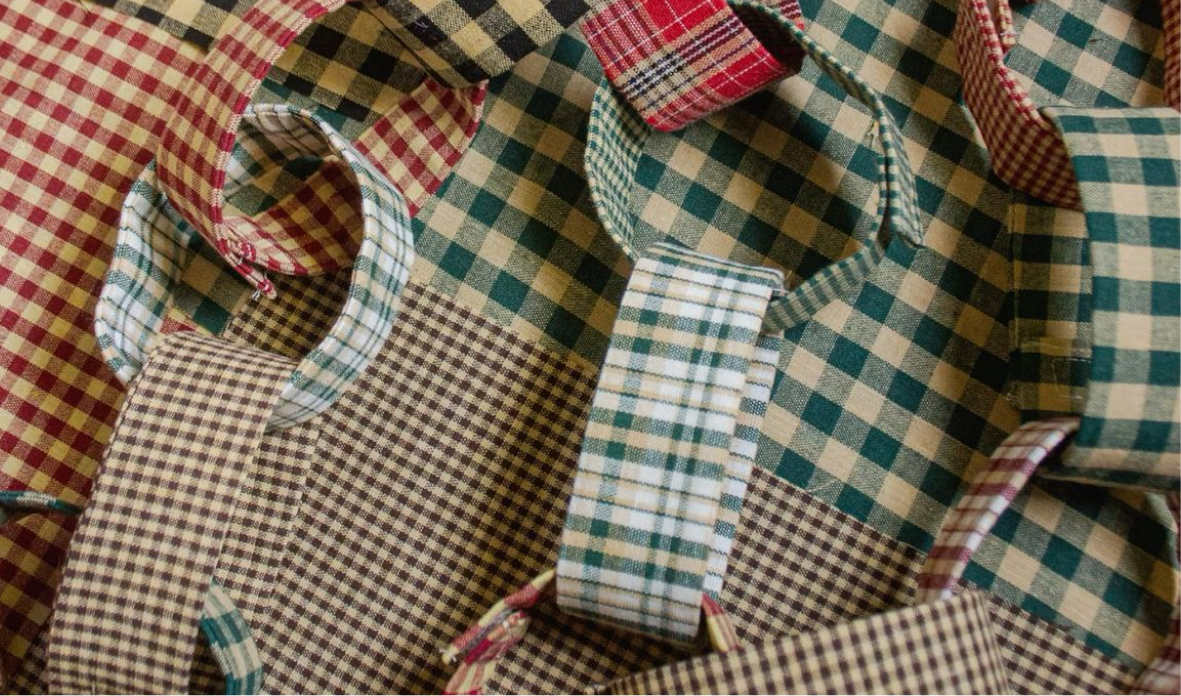Workout Clothes And Microplastics: What You Need To Know

Join the community





Do you have a favorite sports bra, leggings, or other workout clothes? Take a moment to consider why you love that product. It's likely durable, stretchy, able to withstand multiple washes, has good sweat-wicking capabilities, or perhaps a combination of these factors.
These desirable qualities usually come from synthetic fibers like polyester, acrylic, and nylon. But, these synthetic materials are made from plastics derived from fossil fuels. They're harmful to both the planet and our health.
When we use and wash these synthetic clothes, they begin to break down and release microplastics — tiny particles of plastic less than five millimeters long. A 2021 study identified microfibers from clothes laundering as the primary source of microplastics in oceans.
{{cta-join2}}
Impact of Microplastics on Our Health
Microplastics from synthetic clothing pose potential health risks due to their ability to attract and carry harmful chemicals. These tiny plastic particles can enter our bodies through skin contact, especially with tight-fitting workout clothes.
Sweat may increase the absorption of microplastics and associated toxins. While workout clothes aren't the only garments that contain synthetic materials, their close contact with skin during sweaty exercises could heighten exposure risks.
Although experts suggest that our understanding of microplastics' full impact on health is still developing, and more research is needed to determine the exact consequences, it's prudent to minimize their usage and reduce your exposure to microplastics.
Reduce the Impact of Microplastics
If you are using synthetic workout clothes, don’t throw them out (or stop working out). Instead, you can do certain things to reduce the release of microplastics:
Wash at Lower Temperatures
Washing synthetic clothes at lower temperatures (around 86°F or 30°C) can significantly reduce microplastic release. Warmer water causes fabrics to break down more easily, leading to increased microfiber shedding.
Filter Wash Water
Using external washing machine filters can effectively reduce microfiber emissions. Check out easy-to-install and effective options such as PlanetCare.
Air-Dry Clothes
Air-dry your workout clothes when possible, as research shows that tumble drying weakens fibers and releases microfibers into the environment.
Choose Natural Fibers
When replacing your existing synthetic workout clothes, try switching to natural fibers. While they may still contain some synthetic materials, they're better than fully synthetic clothes.
Check out these 6 Plastic-Free Workout Brands That Skip Synthetics












